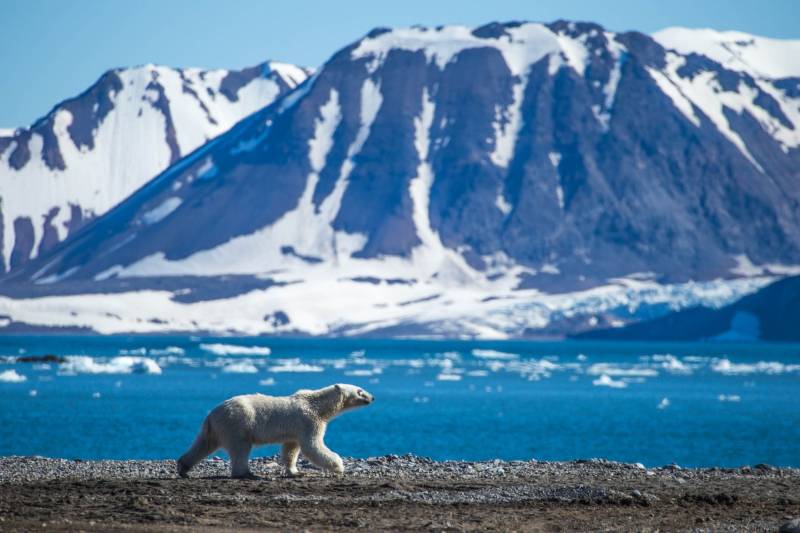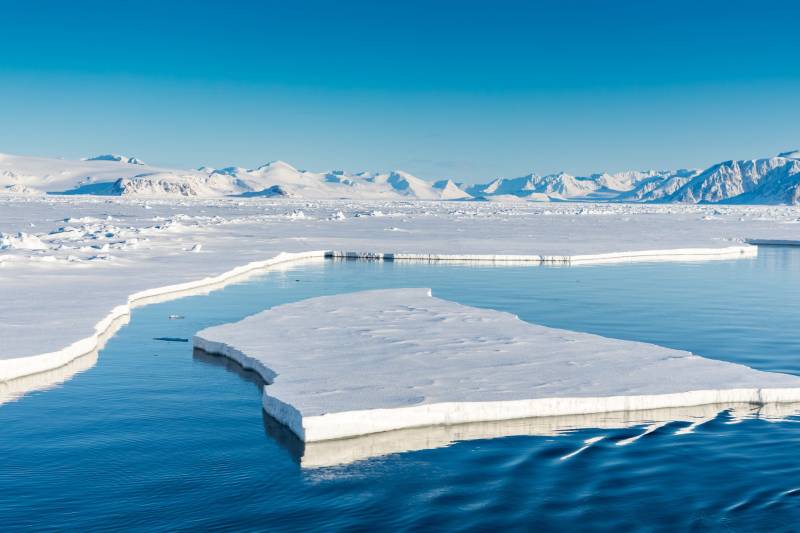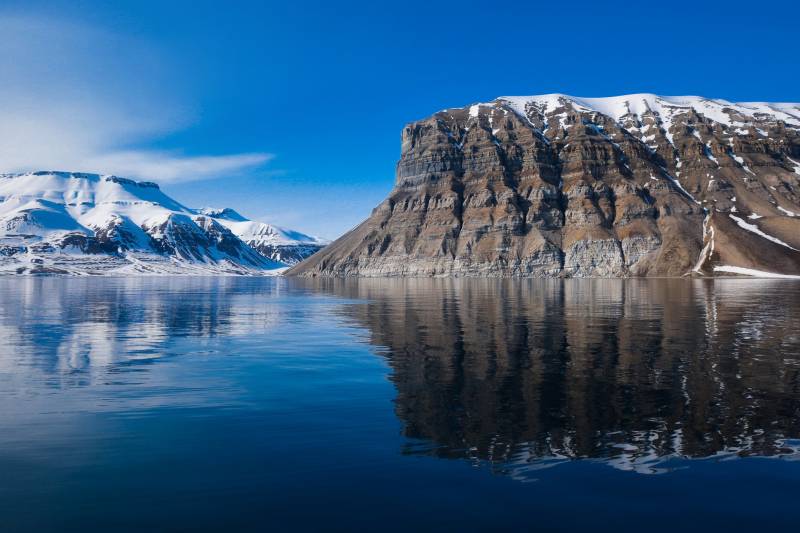Length

Polar Encounters
The Svalbard Archipelago

The Svalbard Archipelago

Think of the Arctic and you’ll probably picture a polar bear. The image of this majestic beast is so inextricably linked to this region that it could represent the Arctic landscape itself: indomitable, exotic, deadly if not respected. The polar bear has fascinated and frightened humankind since its earliest days. Sightings of polar bear are always awe-inspiring. Even though they are well-known as the largest carnivorous land mammal on earth, their sheer size - 700kg and over 11 feet tall when standing upright – is still surprising.
To spot one, a buttery yellow mass of fur against the Arctic permafrost, you’ll need to move away from the bounds of human habitation and into the remote coastal areas of Svalbard. That’s why the best way to sight these animals in their natural habitat is from a superyacht. Svalbard is one of the very few places in the world to be recognized as a certified sustainable destination and has taken many steps to allow its population of polar bears to recover dramatically over the past few decades. It is forbidden to actively search for the bears, which makes each sighting of one all the more special.


To sight these majestic animals, charter between the months of May and September, when the midnight sun skims the horizon and the ice encompassing the archipelago begins to melt, allowing for easier navigation and higher concentration of bears among the remaining icy areas. Together with a specialist wildlife guide cruise the Svalbard Archipelago, between snow-drowned peaks and glaciers, vast ice fields and sculpture galleries of icebergs, sighting seals and walruses from tenders as well as taking hikes ashore to encounter land mammals such as reindeer and arctic foxes.
For the Arctic is bursting with marine and bird life. Six species of seal, four kinds of whale, the walrus, and millions of birds and fishes inhabit these farthest reaches of the north. The Polar Bear has become central to the narrative of global warming that dominates our times. To view these majestic beasts for yourself is a sight that will stay with you forever, adding to your knowledge and heightening your awareness of what’s at stake for these fragile polar environments.

View more inspiration
let's chat.
Get in touch with one of our teams around the world
Where you'll find us
Monaco — MC
+377 93 50 12 12London — UK
+44 20 7584 1801Fort Lauderdale — US
+1 954 278 3970Auckland — NZ
+64 9 281 5133Contact us
[email protected]